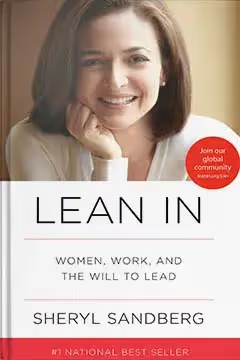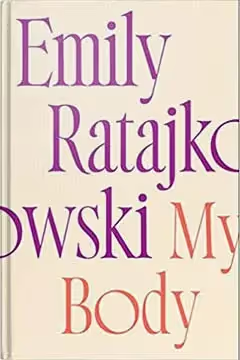The Tibetan Book of the Dead
One of the greatest works created by any culture and overwhelmingly the most significant of all Tibetan Buddhist texts in the West, The Tibetan Book of the Dead has had a number of distinguished translations, but none encompassed the work in its entirety. Now, in one of the year's most important publishing events, the entire text has not only been made available in English but in a translation of quite remarkable clarity and beauty.
With an introductory commentary by His Holiness The Dalai Lama, who calls this translation "an extraordinary accomplishment undertaken with great care over many years" this complete edition faithfully presents the insights and intentions of the original work. It includes one of the most detailed and compelling descriptions of the after-death state in world literature, exquisitely written practices that can transform our experience of daily life, guidance on helping those who are dying, and an inspirational perspective on coping with bereavement. Translated with the close support of leading contemporary masters, including HH Dilgo Khyentse Rinpoche, and learned scholars such as Khamtrul Rinpoche and Zenkar Rinpoche, His Holiness the Dalai Lama says, "I hope that the profound insights contained in this work will be a source of inspiration and support to many interested people around the world."
In modern science the methods of analysis are principally applied to investigating the nature of material entities. Thus, the ultimate nature of matter is sought through a reductive process and the macroscopic world is reduced to the microscopic world of particles. Yet, when the nature of these particles is further examined, we find that ultimately their very existence as objects is called into question.






















































